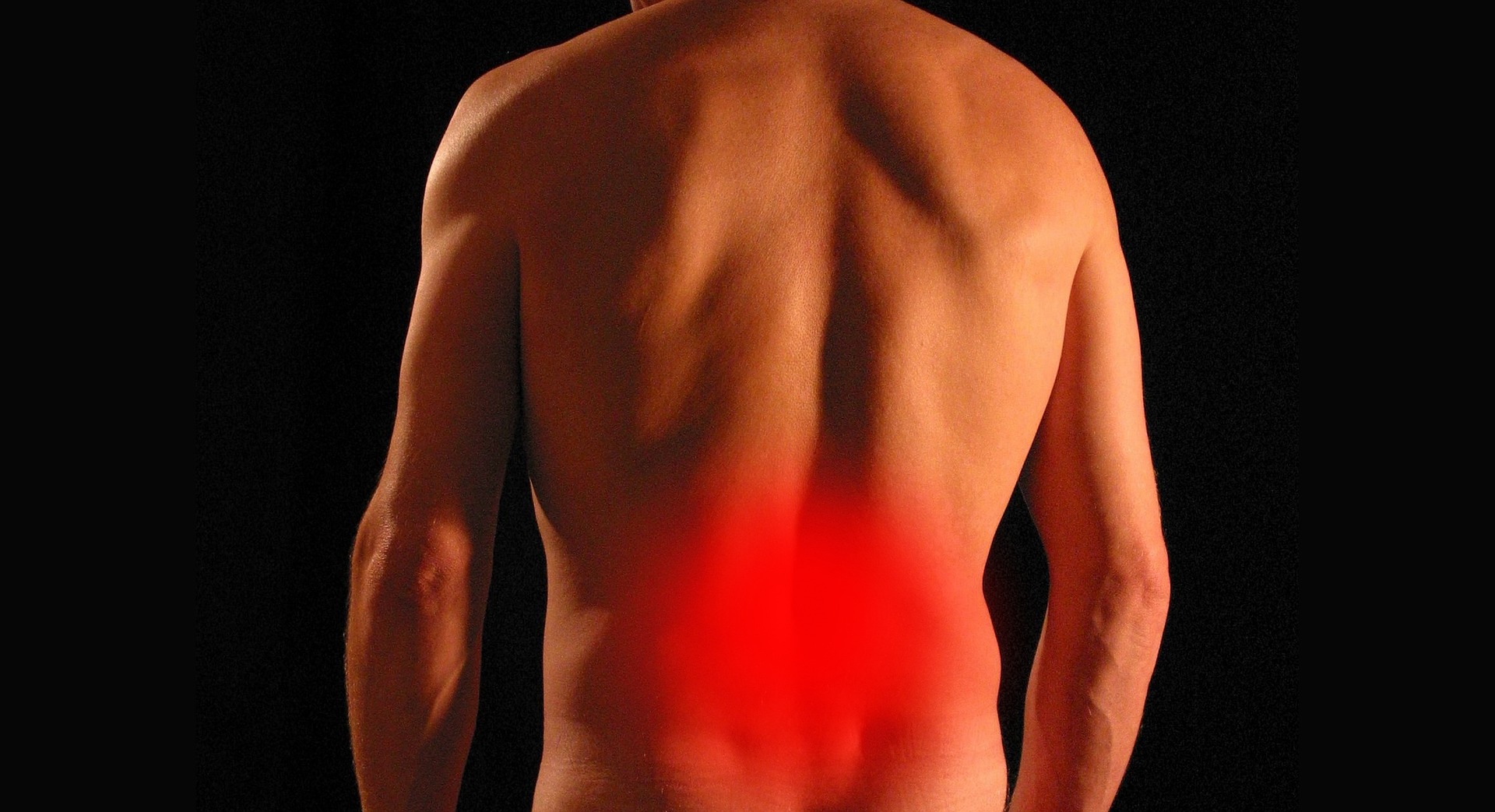3 Ways to Reduce Swelling Everyone Should Know About
Swelling, also known as edema, is a common condition that can affect various parts of the body. It occurs when excess fluid accumulates in tissues, causing them to become puffy and enlarged. While swelling can be uncomfortable and sometimes alarming, there are several effective methods to reduce it. This article will explore three key ways to alleviate swelling that everyone should be aware of, as well as discuss the causes and when it's time to seek medical attention.
What causes swelling in the body?
Swelling can occur due to a variety of reasons, ranging from minor injuries to more serious underlying health conditions. Some common causes include:
-
Injuries: Sprains, strains, and bruises can lead to localized swelling as part of the body’s natural healing process.
-
Inflammation: Conditions like arthritis or infections can trigger inflammatory responses, resulting in swelling.
-
Poor circulation: When blood flow is impaired, fluid can accumulate in the extremities, particularly in the legs and feet.
-
Hormonal changes: Pregnancy and menstrual cycles can cause fluid retention and swelling in some women.
-
Certain medications: Some drugs, particularly those used to treat high blood pressure, may cause swelling as a side effect.
-
Medical conditions: Heart, liver, or kidney problems can disrupt the body’s fluid balance, leading to swelling.
Understanding the underlying cause of swelling is crucial in determining the most effective treatment approach.
How to reduce swelling in legs and other body parts
-
Elevation: One of the simplest and most effective ways to reduce swelling is by elevating the affected area. For leg swelling, try lying down and propping your legs up on pillows so that they’re above heart level. This position helps gravity pull excess fluid away from the swollen area and back towards the heart. Aim to elevate the affected limb for 15-30 minutes, several times a day, especially after long periods of standing or sitting.
-
Compression: Wearing compression garments can help prevent fluid buildup and reduce swelling. Compression socks or stockings are particularly useful for leg swelling. These garments apply gentle pressure to your legs, promoting better circulation and preventing fluid from accumulating in the tissues. Be sure to choose the right size and compression level for your needs, as overly tight compression can be counterproductive.
-
Movement and exercise: Regular physical activity can significantly improve circulation and reduce swelling. Simple exercises like ankle pumps, leg lifts, and walking can help stimulate blood flow and prevent fluid retention. For those with limited mobility, even small movements like wiggling your toes or rotating your ankles can be beneficial. However, it’s important to balance activity with rest, especially if the swelling is due to an injury.
When should you visit a doctor for swelling?
While many cases of swelling can be managed at home, there are situations where medical attention is necessary. You should consult a healthcare professional if:
-
The swelling is severe, painful, or appears suddenly without an apparent cause.
-
You experience difficulty breathing or chest pain along with the swelling.
-
The swelling is accompanied by fever, redness, or warmth in the affected area, which could indicate an infection.
-
You have a history of heart, liver, or kidney disease and notice increased swelling.
-
The swelling persists for more than a few days despite home remedies.
-
You’re pregnant and experience sudden or severe swelling, especially in your face and hands.
A healthcare provider can perform a thorough examination, determine the underlying cause of your swelling, and recommend appropriate treatment options.
Additional tips for managing swelling
In addition to the three main methods discussed above, there are several other strategies that can help manage swelling:
-
Maintain a healthy diet: Reducing salt intake can help prevent fluid retention. Additionally, eating potassium-rich foods like bananas and leafy greens can help balance fluid levels in the body.
-
Stay hydrated: While it may seem counterintuitive, drinking plenty of water can actually help reduce swelling by flushing out excess fluids and toxins from your body.
-
Use cold therapy: Applying a cold pack to the swollen area can help constrict blood vessels and reduce inflammation, especially for acute injuries.
-
Practice good posture: Proper posture, especially when sitting for long periods, can help improve circulation and reduce swelling in the legs and feet.
-
Massage: Gentle massage of the affected area can help stimulate circulation and lymphatic drainage, potentially reducing swelling.
Remember, while these methods can be effective for managing mild to moderate swelling, persistent or severe swelling should always be evaluated by a healthcare professional to rule out any serious underlying conditions.
By understanding the causes of swelling and implementing these strategies, you can effectively manage and reduce swelling in various parts of your body. Always listen to your body and seek medical advice when necessary to ensure proper care and treatment.
This article is for informational purposes only and should not be considered medical advice. Please consult a qualified healthcare professional for personalized guidance and treatment.





